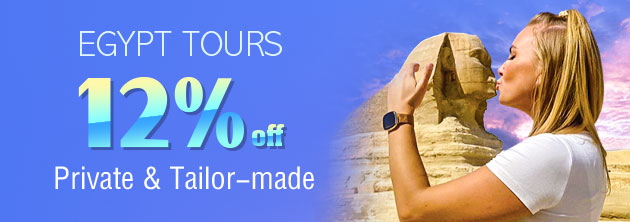Gebel El-Silsila
Key Highlights on Gebel el-Silsila
• What is it? An ancient sandstone quarry• Why is it famous for? The sandstone mined from Gebel el-Silsila was used in important building of Luxor and Karnak
• Must visit places: Temple of Horemheb, Chapel of Paser, Chapel of Panehesy, Temple of Kheny
• How to reach? Felucca or dahabiyya from Esna or Aswan
• Entry time: Open 24 hours
• Best time to visit: From November to February
• Ideal for Group, Solo, Family trips
• Accommodation: Resorts, budget hotels, and homestays available
The Gebel El-Silsila, or simply Silsila, was an important site for the ancient Egyptians. A vital sandstone quarry of the region, it provided the raw materials required to build the massive sandstone structures at Luxor, Karnak, Ramesseum and Kom Ombo.
Back in the day, the workers from the mines transferred the sandstone block over to Nile – that were floated down the block and transferred to important construction sites. Probably that is the reason why during the Pharaonic rule, the place was known as Khenyt or Khenu meaning the ‘Place of Rowing’.
History of Gebel el-Silsila
From the Old Dynasty till the Roman Era, this place served as an important source of sandstone for the empire. Thousands of workers labored to mine and transfer the sandstones collected from the quarries to the Northern part of the country where massive structures were being constructed.Apart from being an important quarry site for the ancient Egyptians, the place was an essential center for pilgrimage for the cult of the Nile River. Dedicated to the crocodile headed god, Sobek, the followers of the cult often paid visit to the place.
Before the season of the inundation or flood, people gathered here to pay homage to the deity and offer sacrifices to invoke the spirit to bless the land.
Some Ancient Monuments on the Banks of Gebel El-Silsila
While the west bank of Gebel el-Silsila houses some of the most stunning monuments of the region, the east bank of it is off limits for tourists. The tiny shines were built for the workers of the mine who could not travel to Luxor to offer their prayer to their deities.Among the western bank monuments, the rock chapels form the 18th Dynasty of ancient Egyptians is worth a visit. These chapels contain the cenotaphs of the officials who lived and worked in the mines.
Another two important landmarks, Temple of Horemheb and Chapel of Panehesy on the banks of river, contain the facades of Ramesses III offering gifts to Amun-Re, Sobek and other local deities.
How to Reach?
Boarding a felucca or dahabiyya from Esna or Aswan is recommended. The trip costs around EGP150, and takes around an hour and half. Tourists can also book a metered cab to reach the venue from Esna. The trip can be expensive and bumpy. The metered cab charges around EGP5 as base fare and then EGP2.5 for each kilometer. Waiting charges might be as high as EGP25.
Read more about Aswan Transportation

